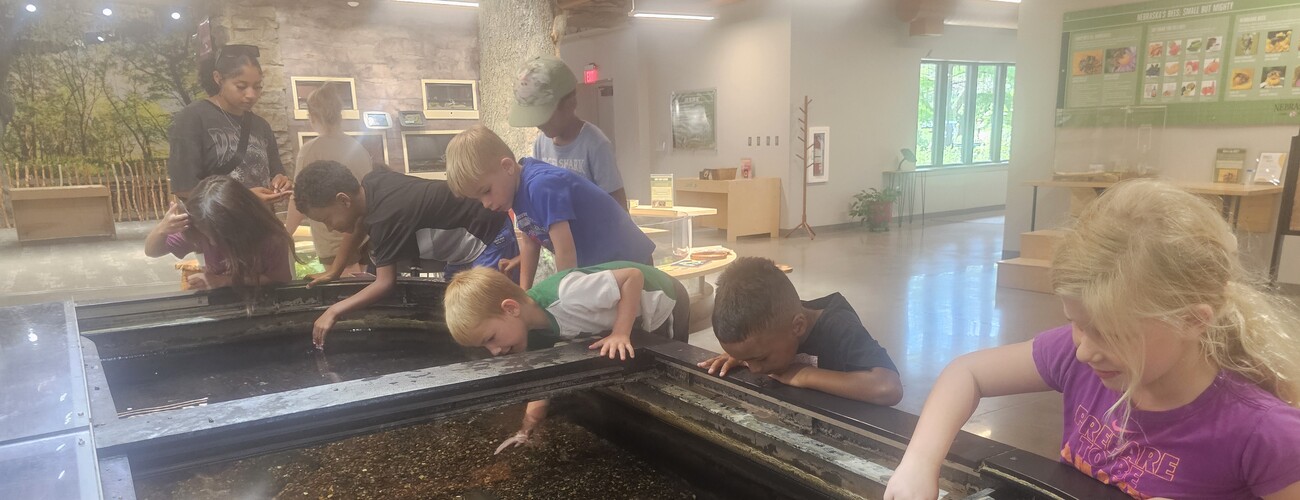About Willard Community Center
How we help our community.
At Willard Community Center, we help area residents grow, connect and contribute to our community. Willard Community Center is the sole human service agency with a presence in the southwest Lincoln area bounded roughly by South Salt Creek (east), Southwest 40th Street (west), O Street/Capitol Beach (north) and Van Dorn Street (south).
Willard focuses on youth development and education, and also presents programs across the age spectrum, including senior adults. Willard offers Early Childhood Education Preschool and Pre-K; before and after school programs for elementary and middle school; and social/educational opportunities for adults. Our children attend Roper or Lakeview Elementary Schools and Park Middle School; each serves a high percentage of free and reduced lunch participants at 44%, 67%, and 68% respectively. We address childrens’ educational and social needs while providing affordable, quality care. We accept Title XX childcare assistance. Please see the 2016 Annual Report for more information about the community we serve.
Southwest Lincoln, with approximately 12,000 residents, is one of Lincoln’s more economically challenged areas even as its population grows. There are several census tracts in our geographically large neighborhood; in these various tracts between 5% and 30% of our residents live below the poverty line. The area is more ethnically diverse than is typical of Lincoln; Hispanic, Black, and Asian people represent 19% of Southwest Lincoln’s population. More Middle Eastern and Sudanese families are moving to the neighborhood. Some of our clients are immigrants with English as a second language. Per capita income is 13% less than the city average; the per capita income is $24,123 with 23% of the population younger than 14. (Sources: U.S. Census; Community Health Endowment of Lincoln)
Willard Community Center opened in 1980 in a former school building owned by the city. Willard first operated with city funding and other funding; as city funding dwindled, Willard became more financially independent. In 2013, Willard’s board purchased the building from the city, the first step in the process toward renovating the location. Most funding comes from participant program fees. Other income includes building rentals, fundraising, United Way and in-kind donations.


